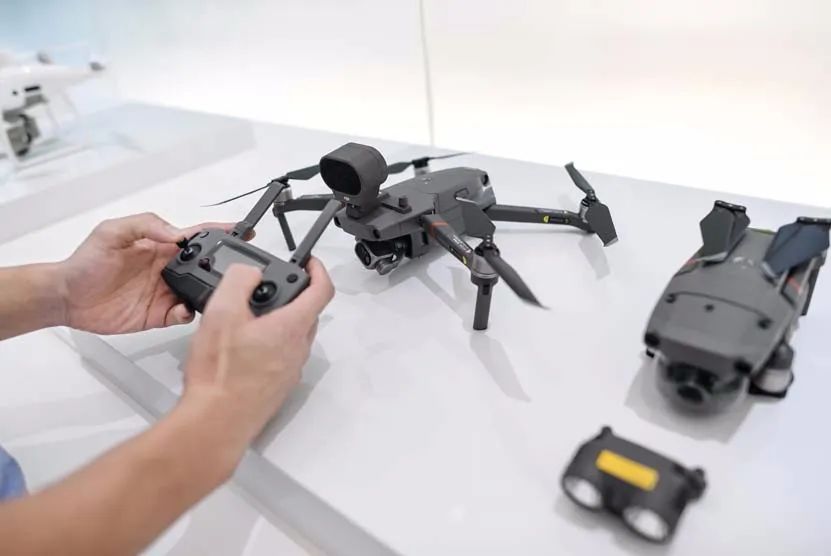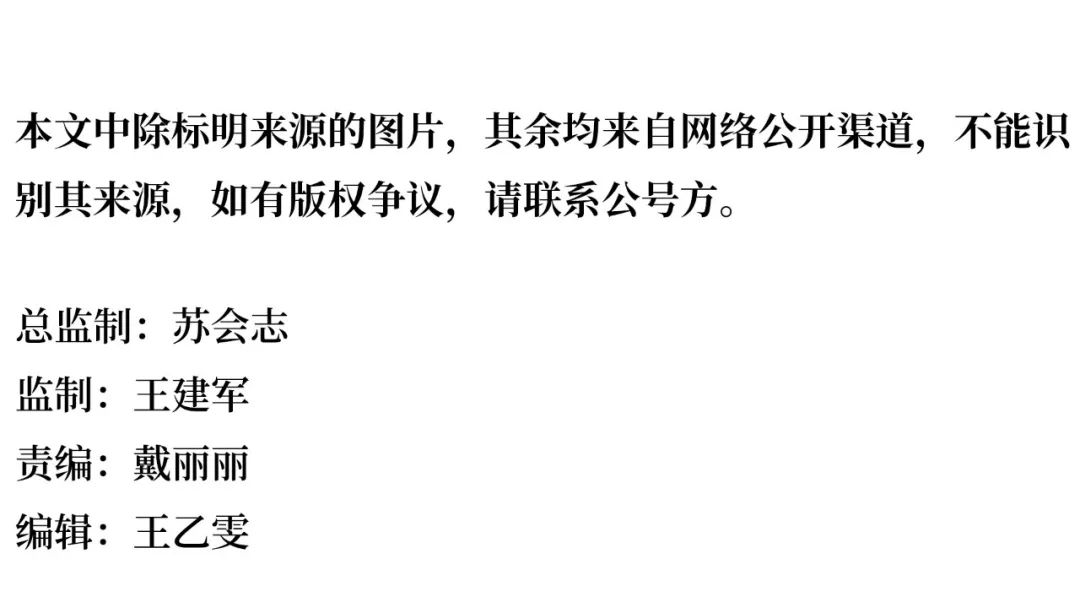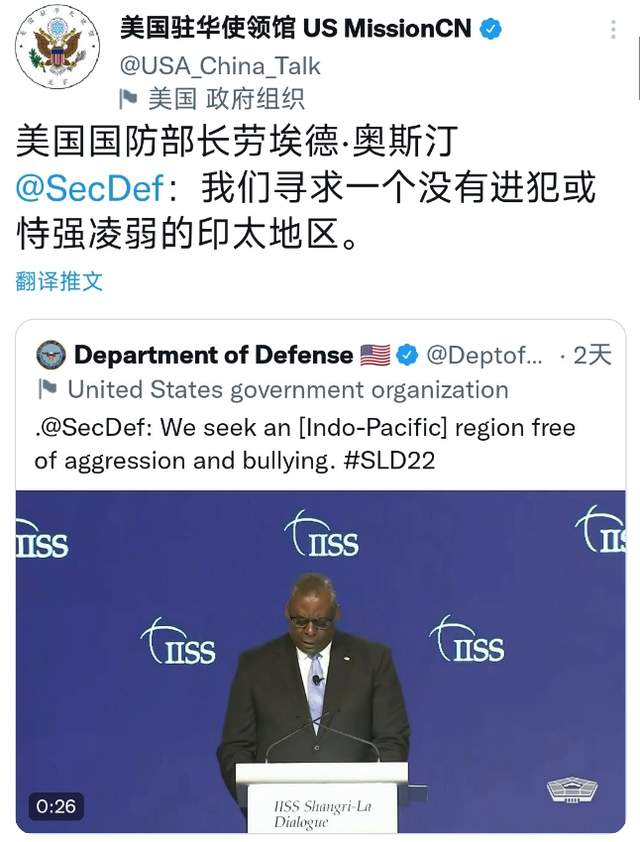In response to China's industry, what is India engaged in "Yangmou"?
Author:Look at the think tank Time:2022.07.02
Indian Minister of Civil Aviation Gaundilla Detia Sindia recently said that a total of 12 central ministries and commissions are trying to increase the country's demand for drone services. India will need about 100,000 drone pilots in the next few years. This is the latest statement aimed at the development of the local drone industry since conditions for prohibiting the import of drones in February this year.
In order to support the development of the UAV industry in the country, India has successively introduced a series of regulations including the "Rules of UAVs in 2021", the "Production Links Incentive Plan", and the conditions for prohibiting drones from the import of drones. Its main purpose is to let go of the control of the drone industry, encourage foreign companies to produce drones in India, and enhance the competitiveness of the UAV industry in the country.

On September 27, 2021, the visitors experienced drones
Wen | Zhu Shuai
This article is reproduced from the WeChat public account "Globemagazine" (ID: Globemagazine). The original first was released on June 28, 2022. The original title is "This industry in China, what is India engaged in" Yangmou "? "
1
Introduce a series of regulations
In February this year, the Indian government announced that imported drones were prohibited, except for national defense, security and research purposes. The Indian Ministry of Trade and Industry said that its purpose is to promote the drone of "manufacturing India", which will not affect the import of drone components.
At present, imported drones account for more than 90%of the Indian drone market. Among them, defense drones need to be imported from Israel and the United States. Consumer drones are from China. UAVs used for light performance come from China. And Russia ...
Because the vast majority of imported drones come from China, this has aroused concerns from the Indian government. India's import ban aims to ensure that Indian manufacturers have relevant intellectual property rights to fully understand and control products. The domestic industry in India believes that this is a powerful measure to cultivate and protect the industry.
UAVs are widely used in many industries in India. In order to strengthen the management of unmanned aircraft systems, India first released the "Unmanned Aircraft System Rules" for the first time in October 2014. In March 2021, the Indian Ministry of Civil Aviation released the "2021 Unmanned Aircraft System Rules", and in August of the same year, the "Rules of UAVs in 2021" was released.
The Rules of Drone 2021 aims to improve the convenience of the industry's business. For example, this rule omit some complicated, many hardware and software requirements in the previous version.
In order to encourage the "Indian manufacturing" drone, the Indian government released the "Production Links Incentive Plan" in September 2021. The plan aims to encourage Indian manufacturers to produce local drones by simplifying the relevant business and compliance requirements of the drone industry.
The plan covers a series of products, including hardware such as fuselage, advancement system, battery and power system, communication system, camera and sensor, drone safety components, as well as internal navigation systems, flight control modules and ground stations. Manufacturers of drones and drones are eligible to apply for the plan, and drone software developers must also meet the requirements of the plan.
The Indian government predicts that the sales of the Indian drone industry in the fiscal drone industry in the fiscal year of 2021 to 2022 will reach 200 million Indian rupees (1 Indian rupee is about 0.09 yuan); in fiscal 2022 to 2023, this amount will increase 100%to 4 to 4 100 million Indian rupees; the 2023 to 2024 fiscal year will increase by 125%to 900 million Indian rupees.
According to the "Production Hook Incentive Plan", eligible companies can get 20%value -added from the government as a reward. The Indian government plans to pay a total of about 120 million Indian rupee rewards for this year.
Based on this, the "Production Hook Incentive Plan" will greatly encourage the investment in the Indian drone industry. The Minister of Civil Aviation in India hopes to make India a global UAV center by 2030, and by 2026, sales will reach 1.5 billion Indian rupees.
2
"Precise blow" Chinese drone?
The series of regulations issued by India may have a greater impact on Chinese drone companies.
First, cut off the sales market of Chinese drone companies in India. As far as the consumer drone market is concerned, DJI, a leading company in China, is one of the world's largest producers and has launched business in the Indian market many years ago. For the purpose of exclusion, India has long had the intention of cracking down on Chinese drone companies. At present, DJI's sales channels in India are mainly through Amazon, and Indian series of regulations will cut off the sales channels of DJI in the Indian market.
Second, further weaken the overseas market business of China's drone companies. India's practice of restricting drone imports is exactly the same as the United States. Since entering the US market in 2013, DJI's development momentum in the US market has become increasingly faster. In 2018, DJI drones have occupied more than 70%of the US civilian drone market, and even some U.S. military began to buy DJI drones for training.
But then, the United States introduced a series of suppression policies, causing DJI to almost lose the US market. India's approach also has the intention of politically cooperating with the so -called "Indo -Pacific Strategy" in the United States, in order to accurately crack down on China's manufacturing industry.
Third, slow down the pace of China's drone standard to international output. In recent years, DJI has vigorously opened up the international market, established business departments in various countries, and strengthened communication with relevant local regulatory authorities. As a result, China's unmanned industry standards have also been implemented in more countries. At present, DJI UAV has established pre -sale, mid -sale, and after -sales service plans and guarantee measures in the fields of public safety, petroleum and natural gas, power, surveying and mapping, agriculture, car, and education. Losing the Indian market will be a big loss to the Chinese drone standard output. 3
Copy "Yangmou"
India's relevant measures on the development of the drone industry and the import ban are "Yangmou". Related enterprises have proper response to minimize the negative effects to the greatest extent.
The first is to turn to the exit of drone parts. India's import ban is aimed at the reorganization, semi -finished products, and completely loose procurement of drones, and drone parts imports are not affected by this. Therefore, drone companies can still export drone parts, mainly the upstream links of the drone industry chain, including power systems (motors, electrical, battery, propeller), flight control systems (sensors, airborne computers, computer -based computers , Servo Motor Equipment), and other parts, including gimbal, camera, remote control receiver, and map system.
The second is the drone used for research and development. According to Indian imports, education units, R & D institutions, drone manufacturers and national defense and security departments approved by the central or state government for research and development, national defense and safety purposes are not within the scope of the ban.
Among them, national defense and security belong to India's ban on China's opening up. Chinese drone companies can consider strengthening cooperation with Indian education units and R & D institutions to provide drone maker education and STEM (science, technology, engineering and mathematics (engineering, engineering and mathematics. ) Education, the drone education platform designed for the teaching scene of schools and training institutions, as well as plant protection drones that serve agricultural research and development.
The third is to produce drones in India. After the Indian Prime Minister Modi came to power, he quickly proposed "Made in India". The "production link incentive plan" requires drone manufacturers to build the factory in India if they want to sell their own products in India. In addition, India's geographical location is important, connecting various markets such as Southern Asia, the Middle East, and Europe, so it is also suitable for overseas market production bases.
In order to more conveniently export products to Southeast Asia, the United States, and European markets, it may be a good choice in Bangalore or the complete Indian Economic Special Economic Zone to build a factory in India.

- END -
Japanese media: The cost of manpower China and Japan has gradually reversed, and Japan is facing a "fundamental change"
Japan's Modern Business magazine website on June 15th, original title: Japan and China ’s labor costs have gradually reversed. Japan is now facing“ fundamental changes ”in the past 30 years. Chin...
The United States, Japan, and South Korea are not allowed to close China. The US -three aircraft car

After the lip gun war of all parties, the 19th Shangri -La talks finally ended. Be...